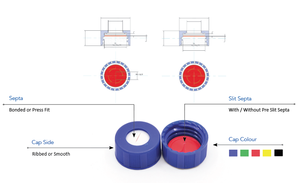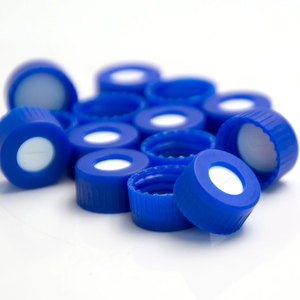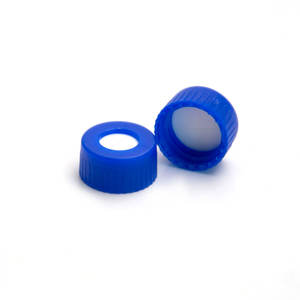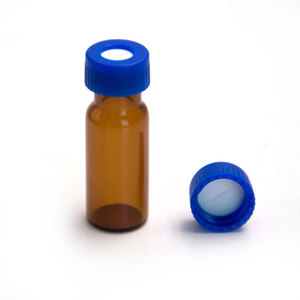Introduction to Glass Ionomer Filling
Glass ionomer filling is a revolutionary dental material that has transformed the way dentists approach restorative procedures. Primarily composed of a mixture of glass and polyacrylic acid, this filling type is known for its unique ability to bond chemically to both enamel and dentin, making it a highly effective solution for dental restorations. Its versatility, alongside other inherent properties, positions it as a preferred choice for various dental applications, particularly in cases where aesthetic appearance and longevity are paramount.
Applications of Glass Ionomer Filling
Glass ionomer fillings are utilized in a wide range of dental scenarios. Their applications include:
- Cavity Restoration: Ideal for filling cavities in both anterior and posterior teeth.
- Root Caries Treatment: Perfect for patients with exposed root surfaces, particularly in older adults.
- Pediatric Dentistry: Beneficial for children due to their biocompatibility and ease of application.
- Base or Liner Under Other Restorations: Used as a base in deeper cavities or as a liner before more permanent restorations.
- Orthodontic Applications: Utilized for cementing orthodontic brackets and bands.
Types and Features of Glass Ionomer Filling
There are primarily two types of glass ionomer fillings: conventional and resin-modified. Each type boasts unique features and advantages:
- Conventional Glass Ionomer:
- Good adhesion to tooth tissue.
- Fluoride-releasing properties that help remineralize tooth structure.
- Suitable for non-load-bearing areas.
- Resin-Modified Glass Ionomer:
- Enhanced strength and wear resistance.
- Improved aesthetic appeal with a more natural color match.
- Incorporates resin, providing better moisture control and handling characteristics.
Advantages of Using Glass Ionomer Filling
The adoption of glass ionomer filling in dental practices comes with numerous advantages, including:
- Biocompatibility: Safe for the oral environment and generally well-tolerated by patients.
- Minimal Thermal Sensitivity: Less expansion and contraction with temperature changes, reducing the risk of cracking.
- Ease of Use: Quick-setting features allow for rapid placement and adjustment.
- Fluoride Release: Continuous release of fluoride over time can help prevent further decay.
- Cost-effective: Provides an affordable solution for both practitioners and patients without compromising quality.




















































